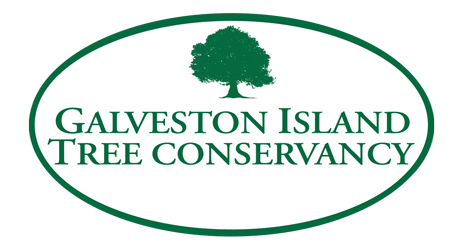Cedars
Tree Stories: Galveston Cedars
As spring approaches, with green popping out all over, let’s not overlook some landscape stalwarts that have stayed green all winter, those we commonly called Cedars. They provide color, habitat and beauty to the landscape year-round.
While true Cedars are found in the Mediterranean, numerous trees native to the US are given the common name of Cedar. Our native “Cedars” are actually in the Cypress family (Cupressaceae), genus Juniperus, and these several names are often used interchangeably. The island has two common natives, Eastern Red Cedar (Juniperus virginiana), and Southern Red Cedar (Juniperus silicicola). Some authors consider them different varieties of the same species. Whatever we call them, they are lovely and durable trees. These are related, but distinct from, to the Cedar-fever producing Ashe Junipers common in the Texas Hill Country.
Cedars on the Island are often wind-sculpted and interestingly shaped. Their leaves are small scale-like needles and their bark is shaggy reddish-brown. The aromatic wood ranges in color from a beautiful shade of red, to white. Plants are usually male or female; females produce waxy dark blue berry-like cones in fall to winter, and males produce mildly allergenic pollen. Both have high heat and drought tolerance, adapt to a variety of soils, and need plentiful sun to thrive. They are not fast growers but are long-lived. A tree in West Virginia is over 900 years old.
Eastern Red Cedar, also known as Virginia Juniper or Carolina Cedar, can reach over 60 feet under ideal conditions, but is smaller here and may only become a bush on poor soil. Its native range is from eastern north American all the way to Mexico. The tree does best on rich deep soils with plentiful rainfall.
Southern Red Cedar is also known as Sand Cedar or Coast Juniper. It is native from the coastal mid-Atlantic all along the Gulf. These trees grow in prairies and marshes and like to be near water, flourishing in sandy soils but adapting to clays. They have slender drooping branches and a single trunk. The fruit cones are smaller than those of the Eastern Red Cedar and it usually has a more open growth habit and smaller size.
Cedars are useful as well as attractive. The wood is resistant to decay and has long been used for fence posts. Its odor supposedly repels moths and other insects. Berries are important winter food for many birds and mammals, and are used to flavor gin. Some Native American cultures use the smoke of the burning Cedar for purification. During the Dust Bowl drought of the 1930s, farmers were encouraged to plant wind breaks of Juniperus virginiana.
Cedars are not great shade trees but are excellent as accent plants. Propagation from seeds or cuttings is challenging and best left to the nursery trade. The attractive evergreen foliage and durability makes them excellent landscape choices. There is a gnarly old one to be seen on the 1700 block of 35th Street, and a nice pair in the 1600 block of 48th Street. Soon you’ll notice them everywhere.
“Tree Stories” is an ongoing series of articles about Island trees, tree care, and tree issues. If you have or know of a special tree on Galveston Island that should be highlighted, please email treesforgalveston@gmail.com. Margaret Canavan is a Galveston resident, a Galveston County Master Gardener, and a member of the Galveston Island Tree Conservancy Board.
Hurricane Ike caused the loss of 40,000 trees on Galveston Island. The Galveston Island Tree Conservancy was formed to address that loss and has replaced almost 19,000 through grant-funded plantings and giveaways.





